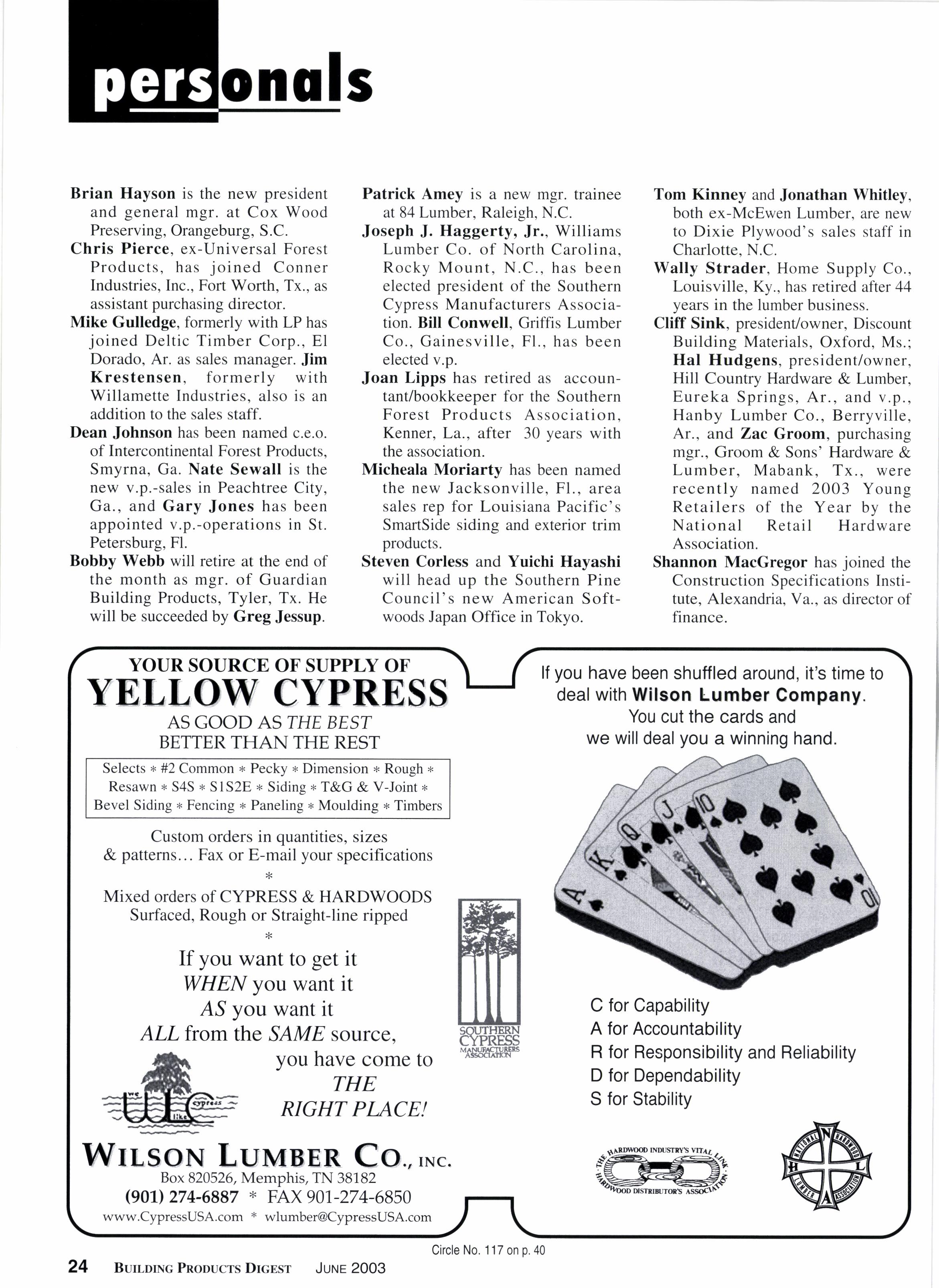
1 minute read
Window manufa open to lmprove
By Ralph Pfeiffer Crestline Windows & Doors
lf-r LAZING has emerged as the \Iindustry's most important stopgap measure as new studies indicate that windows account for nearly 30Va of the year-round energy consumed in a typical house.
The introduction of no-metal, warm edge spacers (the seal that joins two panes of glass that creates insulating glass), have helped stabilize the temperature differential between the warmer part of the glass in the middle and the cooler edges. The variance can sometimes cause condensation on the inside slass.
Low E'glass
is invisible to the eye and is permanently sealed inside the window unit.
Condensation occurs on the inside of glass because of high humidity inside the house, particularly during colder periods. Even airtight homes, which seal in warmth and air conditioning, trap moist air.
Condensation on the inside of windows indicates a home has excessive humidity rather than faulty windows or seals.
Spacers are typically comprised of aluminum or stainless steel and are excellent conductors of heat and cold. Often, temperature differential can be so great that it stresses and cracks the windows. The spacers, along with Low E' glass, help manufacturers meet Energy Star guidelines.
Low E'glass improves the energy efficiency of standard insulating glass by coating the inside surface of the exterior pane with microscopicallythin, optically transparent layer of sliver and antireflective metal oxide. This coating selectively filters the sun's energy in the summer and reduces heat loss in the winter.
Low E2 glass also helps minimize sun damage and the fading of window treatments, carpeting and furnishing by blocking infrared and ultraviolet rays while permitting nearly all visible sunlight into the room.
Low E2 glass coating is invisible to the eye and is permanently sealed inside the window unit. No special handling is required.
In addition to glazing, another tactic for slowing heat transfer through glass is to have the airspace between the panes filled with argon gas.
Low Er windows filled with argon gas perform 1047o better than noncoated, air filled insulating glass in some situations.










